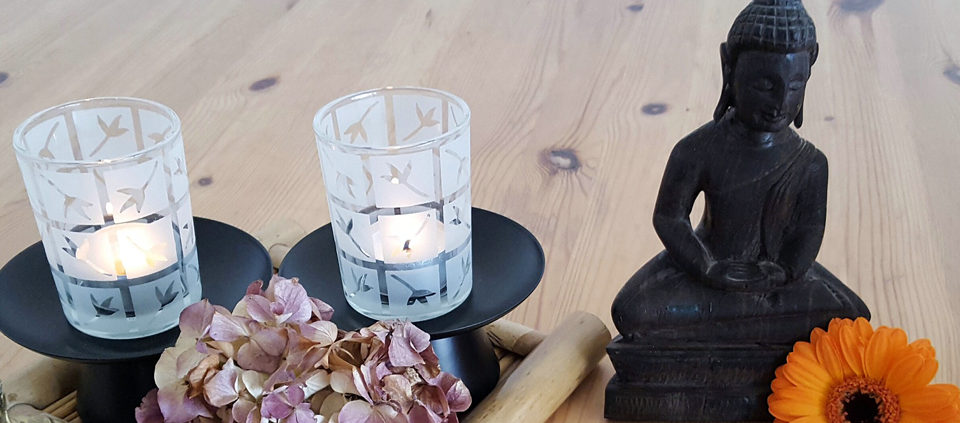The Eight Limbs of Yoga: An Introduction
Did you know that the physical practice of yoga is only a very small aspect of the true, greater yoga tradition?
The word “yoga” comes from the Sanskrit root yuj, which means “to join” or “to yoke.” Yoga is an ancient practice that brings strength and flexibility to the body. A healthy body opens the doorway to a sound and meditative mind. A well-tuned body and clear mind leads the practitioner to a higher level of spiritual consciousness.
The eightfold path, called ashtanga (ashta = eight, anga = limb), is a guidel to creating a meaningful and spiritual life. The eighfold path, or eight limbs, as described in the “Yoga Sutras” by Patanjali, is comprised of:
- Yamas (restraints)
- Ahimsa – nonviolence
- Satya – truthfulness
- Asteya – non-stealing
- Brahmacharya – non-excessiveness
- Aparigraha – non-possessiveness
- Niyamas (observances)
- Saucha – purification
- Santosa – contentment
- Tapas – discipline
- Svadhyaya – self-study
- Isvara Pranidhara – surrender
- Asana (physical movement)
- Pranayama (breath control)
- Pratyahara (withdrawal of the senses)
- Dharana (concentration)
- Dhyana (meditation)
- Samadhi (state of bliss/ecstasy)
For further exploration of the yamas and niyamas, I highly recommend Deborah Adele’s book, “The Yamas and Niyamas: Exploring Yoga’s Ethical Practice.” This book is a perfect guide for the modern yoga practitioner, setting ancient guidelines into modern day applications.
Check back for additional, in-depth discussion of each of the eight limbs of yoga. And, visit one of our yoga classes to put it into practice!




Leave a Reply
Want to join the discussion?Feel free to contribute!